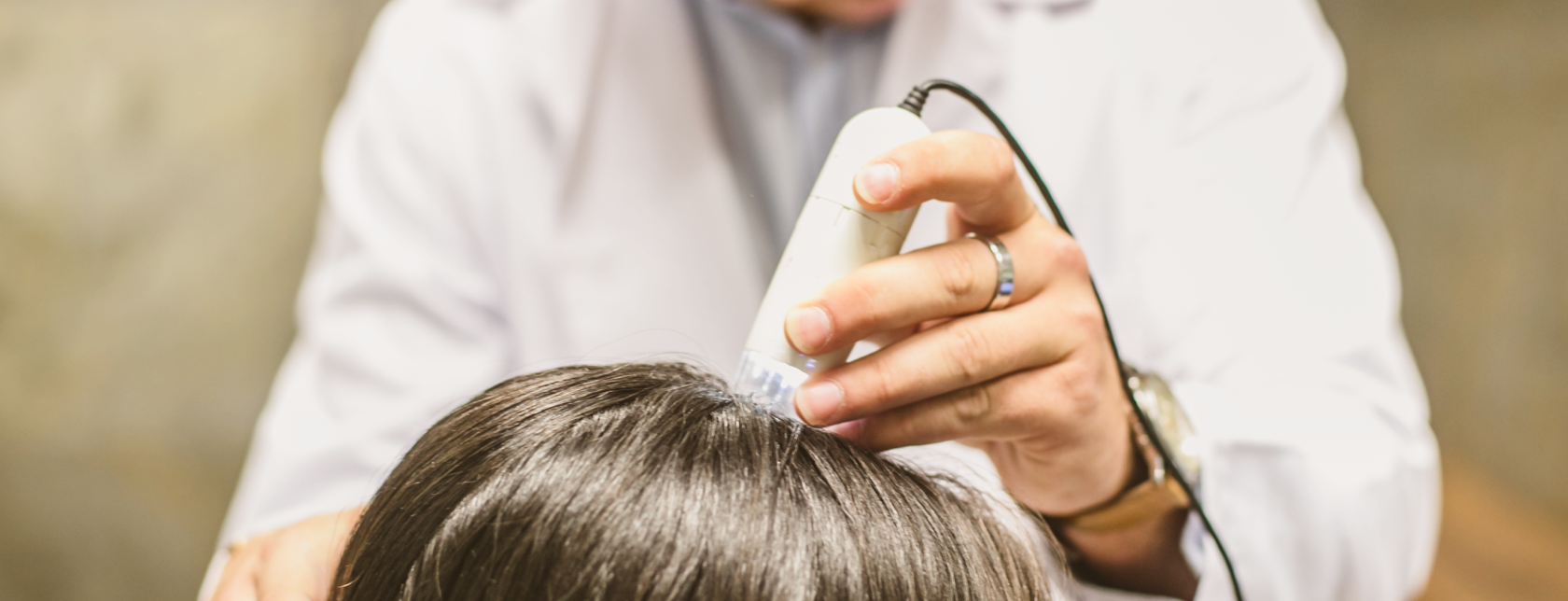
WHAT IS DIAGNOSTIC?
Hair diagnostics is the process of assessing the health and condition of the scalp and hair.
It is performed to identify hair-related issues such as hair loss, dandruff, excessive oiliness, dryness, split ends, and other disorders associated with the hair and scalp.
This type of diagnostics is especially important for determining the underlying cause of hair problems and selecting the appropriate treatment.
It is important to note that an accurate and proper diagnosis of the hair condition should be carried out by a hair health specialist — such as a dermatologist who specializes in hair disorders or a trichologist — as they are able to provide expert and personalized evaluation of the hair condition.
Trichoscope image
Trichoscope image
Trichoscope image
Trichoscope image
Trichoscope image
Trichoscope image
Hair growth cycle
The first and longest phase. Intense activity occurs in the hair follicle, leading to the production of keratin — the main protein that hair is made of. About 85% of hairs are in the anagen phase.
The hair is retained and then dies. It no longer grows but remains anchored in the follicle for some time. Hair growth slows down. This phase involves about 1% of hairs.
The dead hair remains anchored in the follicle for about 3 months but slowly moves outward, being pushed out by a new and young hair, until it eventually falls out. This phase accounts for approximately 14% of the hair.
This phase is actually part of the telogen phase. The new hair then enters the new anagen phase. This is how a new hair growth cycle begins. And so on.

